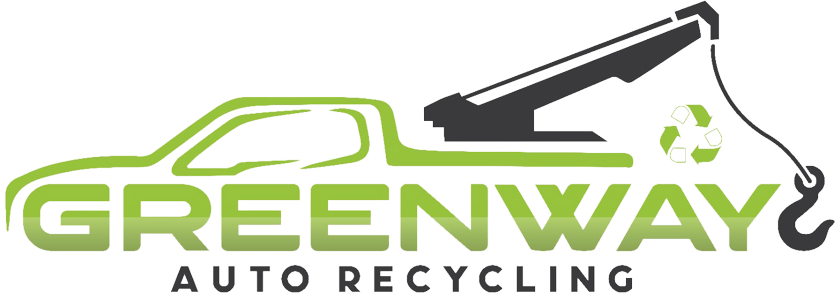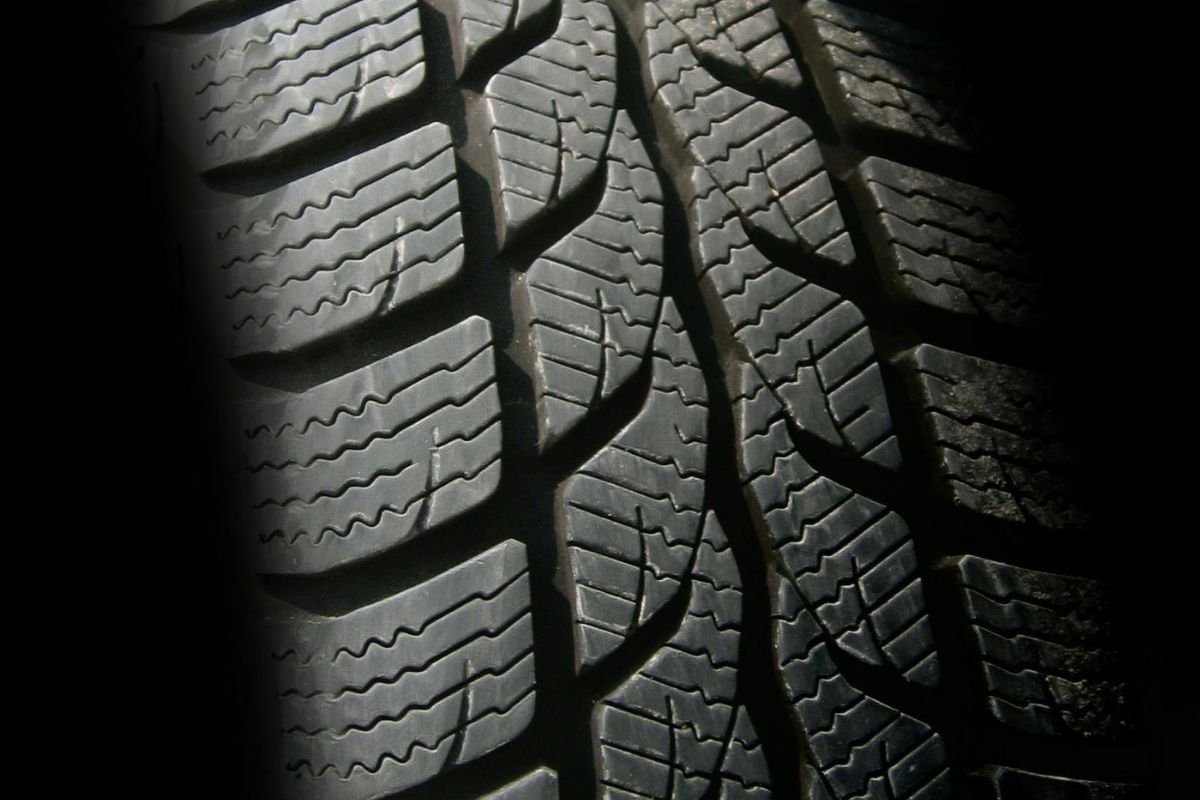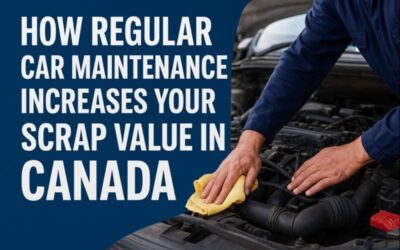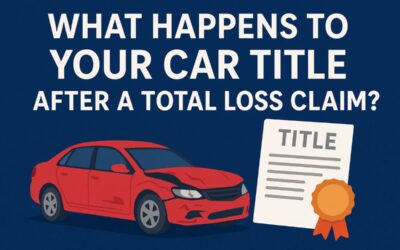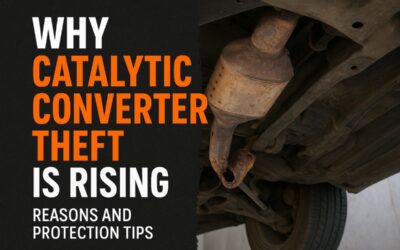Introduction
As car owners look for ways to save money in a tough economy, regular servicing or replacing worn-out tires are common areas where they try to cut costs. One possible solution is using used tires. Used tires are being sold by many people, including mechanics, tire dealers, online, and auto recyclers. However, price should never come at the cost of your vehicle’s safety.
After all, tires are the only part of a car that touches the ground. Tires contribute directly to control, stopping, and safety while you drive. So, the important question is: are used tires actually safe? The answer relies on how used tires are inspected, selected, and installed. Read on to identify when used tires could be a safe option or a liability.
What is a Used Tire?
Used tires are formerly owned tires that have been taken off a vehicle for resale. They could come from scrapped vehicles, sold vehicles, or vehicles that had one or two tires replaced. Many used tires still have good tread depth, but some may also have internal damage that is not visible from the outside. Most used tires are sold at a fraction of the cost of new tires; however, the condition of used tires can differ greatly based on the age, wear pattern, and usage history.
Pros of Buying Used Tires
- Financial Savings
The most obvious benefit of buying used tires is the cost. Used tires may cost 30 to 60 percent less than new tires! This can be helpful in situations where replacing all four tires isn’t financially possible. For instance, if you need to replace a tire due to a puncture, buying a used tire is a viable option.
- Availability for Older Cars
Used tires can be useful when tires for older cars, or cars that are discontinued, are out of production. Car scrapyards may have the make and size you are looking for.
- Earth-Friendly
Purchasing used tires can also be beneficial for the environment. It may help reduce waste by extending the life of tires, rather than letting them go to waste (in landfills), and help to support environmentally conscious alternatives.
Risks of Buying Used Tires
- Undetected Damage
While used tires may appear to be in good condition on the outside, they may have hidden damage that isn’t visible on inspection. Some hidden issues include sidewall damage, internal belt separation, or poor-quality repairs — all of which can cause sudden failure while driving.
- Irregular Wear
Many used tires show irregular wear in the tread. This can come about for a few reasons, such as improper alignment, overloading the vehicle, or even long-term usage. Irregular tread can impact braking, handling, and overall riding comfort.
- No Warranty
Most used tires come without a warranty from a manufacturer or retailer. If something goes wrong with the tire, all the risk falls on the buyer. This means the costs are yours as well.
- Less Durability
A used tire may already have a lower tread depth and/or be nearing its expiry date. It could work for a few months, but you may find yourself looking for a new tire sooner than you’d like.
Also Read: 10 Smart Ways to Reuse Old Car Tires in Canada
How to Inspect a Used Tire Before Buying
To buy used tires safely, it all comes down to thoroughly examining them. Here are some factors to pay attention to:
- Tread depth
Check the depth of the tread. Tires should have a minimum tread depth of 5/32 of an inch to provide decent traction. Anything below 3/32 is legally unsafe in most jurisdictions. Use a tread depth gauge or the penny test to measure this.
- Cracking or dry rot
Check the sidewalls and tread for cracking. Cracking occurs when the rubber starts to break down, typically due to age or storage in poor conditions, which weakens the structure of the tire.
- Look for Patches and Repairs
Avoid tires with patches or plugs near the sidewall, as this weakens structural integrity. Repairs in that area weaken the tire and result in higher chances for a blowout.
- Check Tire Age
Every tire is entitled to a DOT code that indicates when it was manufactured. The last four digits are the week and year. For example, 3519 means the tire was manufactured in the 35th week of 2019. Try to avoid tires that are older than 6 years, even if the tread looks good.
- Look for Uneven Wear
Run your hand along the tread surface. If you feel dips, smooth spots, or rough patches, it’s a sign of uneven wear. This can affect your grip on the road and cause your car to pull to one side.
Where Can You Buy Safe Used Tires?
If you plan to buy used tires, choose trusted sources:
- Certified Used Tire Dealers
Some businesses do at least check and grade the used tires in their stock, may offer a limited return policy, and will clean the tires before they are sold.
- Reputable Auto Recyclers
Licensed recyclers are another option, as they often sell used tires that have been removed from vehicles that have not been driven much. Those that do sell “good used tires” typically adhere to Ontario’s safety standards of one tire defect.
- Well-known Mechanic Shops
Sometimes mechanics keep quality used tires, tires that came with trade-in vehicles. If you have a mechanic that you like, you can ask if they have any spare tires that match your car’s size and specs.
When Is It Not Safe to Use Used Tires?
There are some situations where you should never consider a used tire:
-
- If it’s older than six years
- If it has visible cracks, cuts, or bubbles
- If the tread depth is below 4/32
- If the tire was stored improperly (exposed to heat or sunlight)
- If it were involved in a high-impact accident
- If it has poor-quality repairs near the sidewall
Also Read: How to Dispose of Old Tires in Ontario: Legal, Safe, and Eco-Friendly Methods
Used vs New Tires: A Quick Comparison
| Feature | Used Tires | New Tires |
| Cost | 30–60% less | Full retail price |
| Tread Life | Reduced (depends on usage) | Full lifespan |
| Safety Assurance | Depends on inspection | Manufacturer-tested |
| Warranty | Usually none | Usually included |
| Environmental Impact | Eco-friendly reuse | Higher production footprint |
| Risk of Hidden Damage | Higher | Very low |
Tips Before You Buy Used Tires
Follow these tips to lower risks when shopping for used tires:
-
- Always inspect the tire in daylight
- Ask for the DOT code and measure the tread yourself
- Check for uneven wear, patches, or any signs of dry rot
- Try to buy a full matching set instead of mixing new and used tires
- Only choose tires that match your vehicle’s recommended size, speed rating, and load index
- Balance and align your wheels after installation
Conclusion
Used tires can help you save money, but remember— not every low-priced tire is a good deal! When you are deciding if you want to buy a used tire, you need to look closely at the tread, sidewall, age, and wear pattern.
Therefore, make sure you use a seller that allows you to inspect the tires before purchase, and completely ignore tires that have any signs of damage. Ideally, you should buy new tires, but if you follow these steps and choose carefully, a used tire in good condition can be a smart short-term solution.
